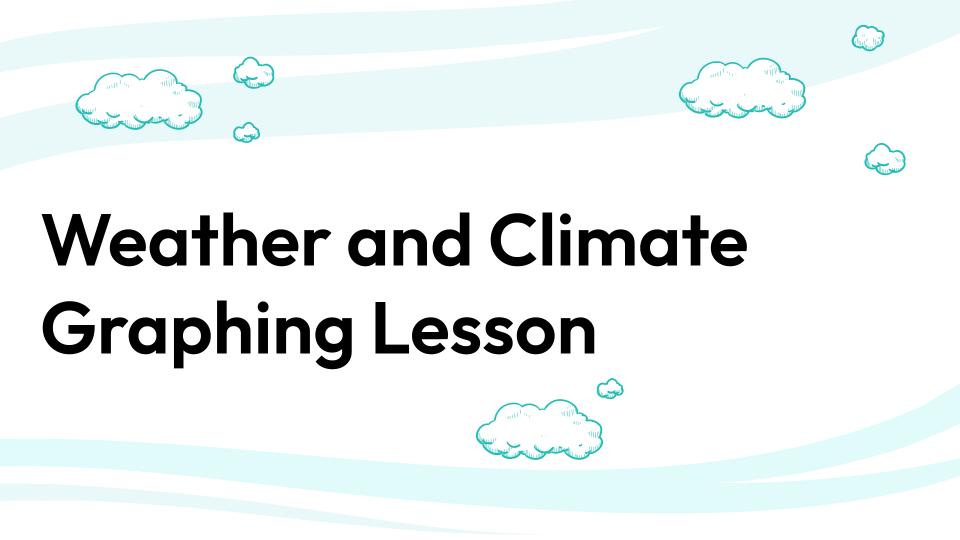In this lesson, students read charts and graphs about weather, climate, and climate change and represent data in a graph.
Step 1 - Inquire: Students compare types of data representation using a matching game.
Step 2 - Investigate: Students analyze data representation in relation to their understanding of weather, climate, and climate change.
Step 3 - Inspire: Students represent data in a graph and make predictions based on evidence.


